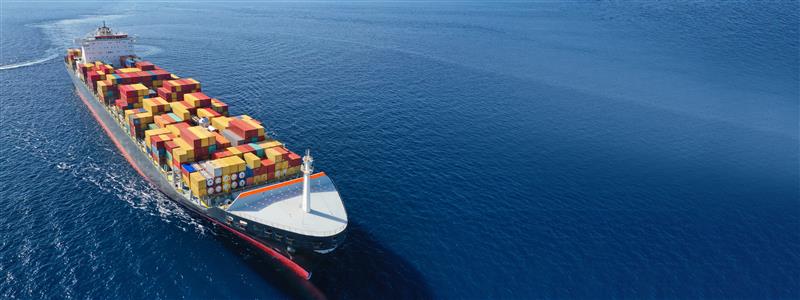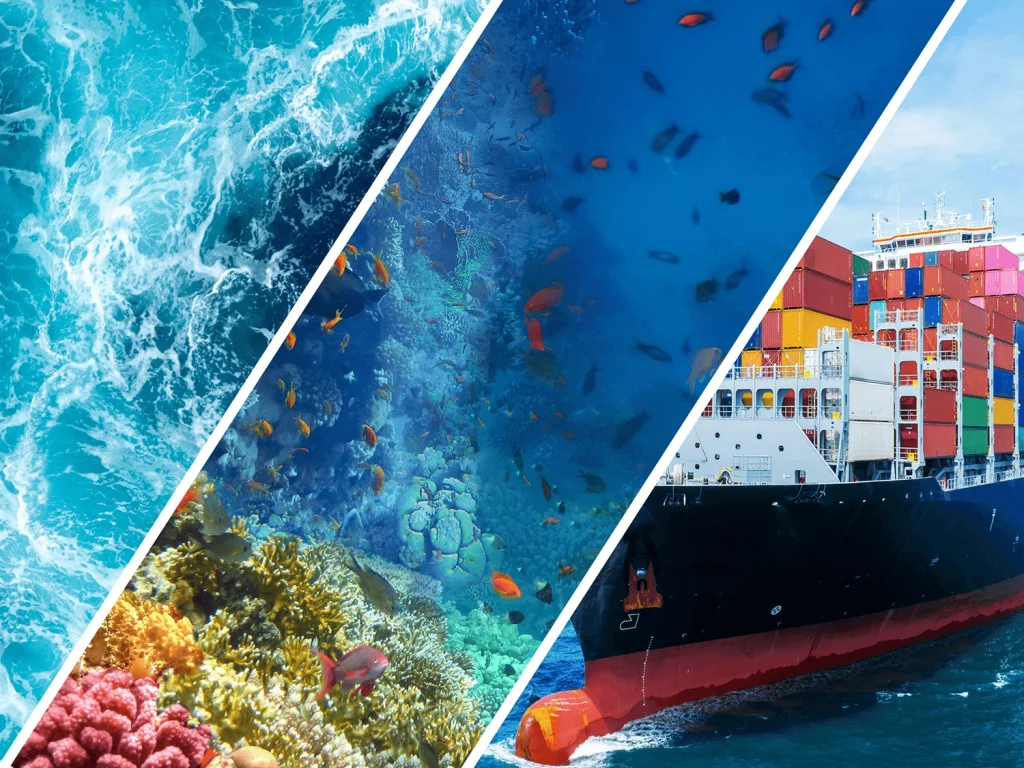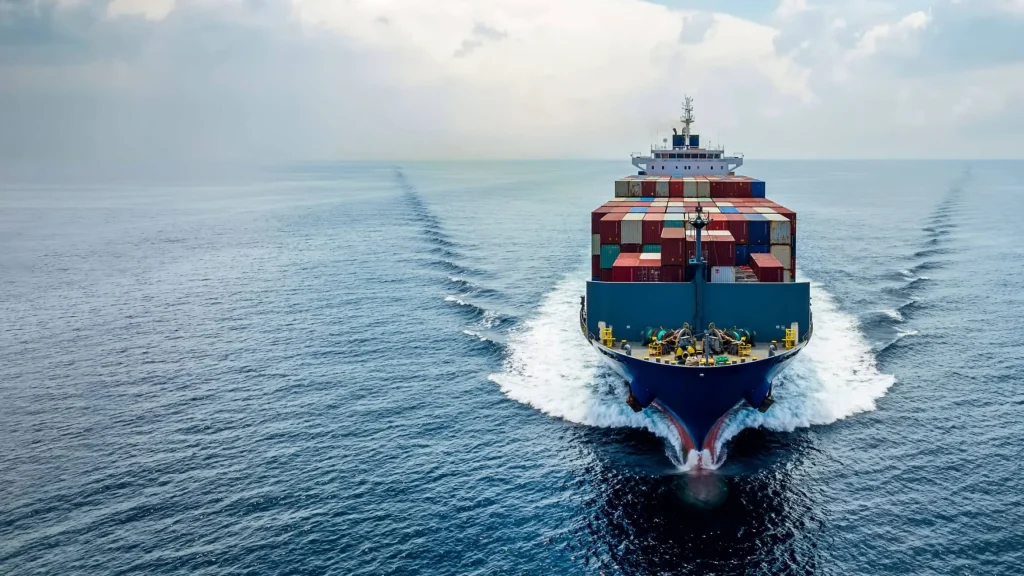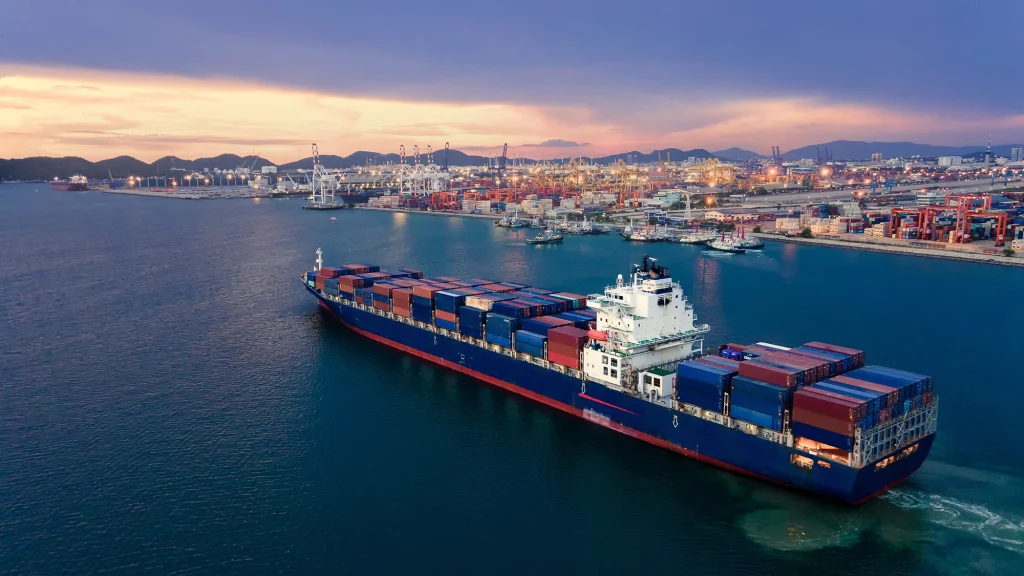The Future of Blue Economies: Upholding Conservation That Balances Profit & Protection
The ocean is not just the blue expanse we see; it’s an environmental asset that acts as a climate regulator, food provider sustaining human well-being, a reservoir for biodiversity, and an economic powerhouse that supports global trade and sustains livelihoods. Maritime Day gives us a chance to reflect on the central role the ocean plays and allows us to honor it, for it is vital for our planet’s survival, while it ensures our sustenance.
The ocean can be described as a silent guardian that keeps the climate stable and the planet alive. It’s the largest carbon sink, absorbing around 30% of global carbon dioxide emitted, and captures around 90% of excess heat generated by greenhouse gases. Without the ocean, the planet is prone to experiencing devastating climate change effects that would be detrimental. Covering more than 70% of the Earth’s surface, it is considered the planet’s heart, for it influences and regulates the climate. It produces 50% of the oxygen we need, thus having the ability to generate life-supporting air, being the planet’s life force that stabilizes the Earth’s climate, nourishes the ecosystem, and safeguards humanity.

Despite its resilience, the ocean still faces serious threats that impact its health, including overfishing, marine pollution, rising sea levels, ocean acidification, and the burning of fossil fuels. Such threats require urgent reforms to protect the ocean and ensure that we all participate in its survival for future generations. This year’s Maritime Day 2025, under the theme Our Ocean, Our Opportunity, Our Obligation, reminds us of the connection humanity has with the ocean and the urgent need for collective stewardship to protect the marine ecosystem through sustainable practices and innovation.
This year’s theme reminds us of the shared responsibility we have to ensure we safeguard our marine ecosystem by acknowledging the three core pillars. Our Ocean. It calls us to recognize the ocean as a life-supporting system that is a source of food, jobs, and climate stability. An essential ecosystem service, safeguarding biodiversity, and a source of resources for millions of people across the globe. Our Opportunity. It enables us to see the immense potential within the maritime sector, which presents the chance to drive innovation, economic growth, and international cooperation. It encourages the use of sustainable ocean resources, the transition to green shipping technologies, investing in low-carbon fuels and cleaner port infrastructure, the practice of sustainable fisheries, eco-tourism, and the protection of coral reefs. We can demonstrate leadership collectively by being ocean stewards who champion the importance of sustainable practices in marine operations, benefiting the planet while strengthening economies and communities. Our Obligation. It reminds us of our duty to safeguard the ocean, where governments, institutions, organizations, shipping companies, the private sector, and individuals work together to protect the marine biodiversity, strengthen environmental policies, and promote sustainable shipping practices as supported by the IMO’s regulatory framework. It’s through coordinated action through international cooperation that we can achieve long-term resilience of our oceans. This year’s theme inspires collective action that balances human well-being with the long-term health of our ocean, ensuring the safety of our marine ecosystem for current and future generations.

Protecting the marine environment is key to achieving sustainable development goals set to be realized by 2030, either directly or indirectly. Key goals to be realized by protecting our oceans are: –
Goal 14, Life Below Water, which focuses on protecting marine biodiversity, sustainable fisheries, conserving coral reefs, reducing marine pollution, protecting endangered species, and maintaining healthy ocean ecosystems to ensure long-term viability. Goal 13, Climate Action, highlights the ocean’s crucial role in regulating the Earth’s climate. Healthy oceans tend to enhance resilience against climate change and extreme weather, making ocean protection a key strategy in global climate efforts. Goal 15, Life on Land, the ocean supports coastal ecosystems, such as mangroves and wetlands, which are vital for biodiversity on land. Goal 2, Zero Hunger, a healthy marine ecosystem tends to sustain fisheries and contributes towards secure food systems and nutrition for millions globally. Goal 7, Affordable and Clean Energy, the ocean is a source of renewable energy through wind, tidal, and offshore wind power. When we protect the ocean, we encourage the growth of clean energy infrastructure. Goal 8, Decent Work and Economic Growth, a sustainable maritime industry provides decent employment opportunities and drives innovation in the blue economy while safeguarding ecosystems. This helps protect seafarers’ livelihoods, promote eco-tourism, and green shipping. Goal 12, Responsible Consumption and Production, calls for the reduction of marine pollution and plastic waste. Adopting circular economy principles can help minimize environmental footprints and protect ocean health. Goal 17, Partnerships for the Goals, emphasizes on the importance of international cooperation to safeguard our oceans. Having strategic collaborations through maritime conventions, regional partnerships, and multi-stakeholder engagement is vital to sustaining our oceans for future generations. Thus, protecting our ocean is not only environmentally beneficial but a cornerstone of global sustainable development.

World Maritime Day is a reminder that our Oceans’ health and the maritime economy go hand in hand. At a time when we face climate change, marine pollution, and the need for sustainable growth, the global maritime community should recognize both the opportunities and responsibilities that come with caring for the world’s waterways. Protecting our oceans is not just about the environment; it’s also vital for economic survival. To evolve our maritime practices requires strategic choices and joint efforts from governments, industry, and communities, along with new advanced technologies and a firm commitment to change. The future of trade, coastal livelihood, and marine life will depend on our ability to shift from exploiting the ocean to working with it safely and sustainably.

